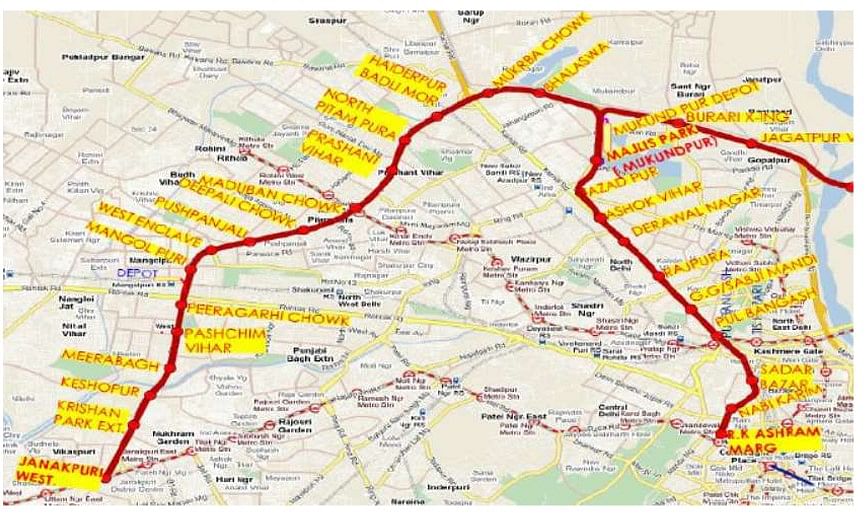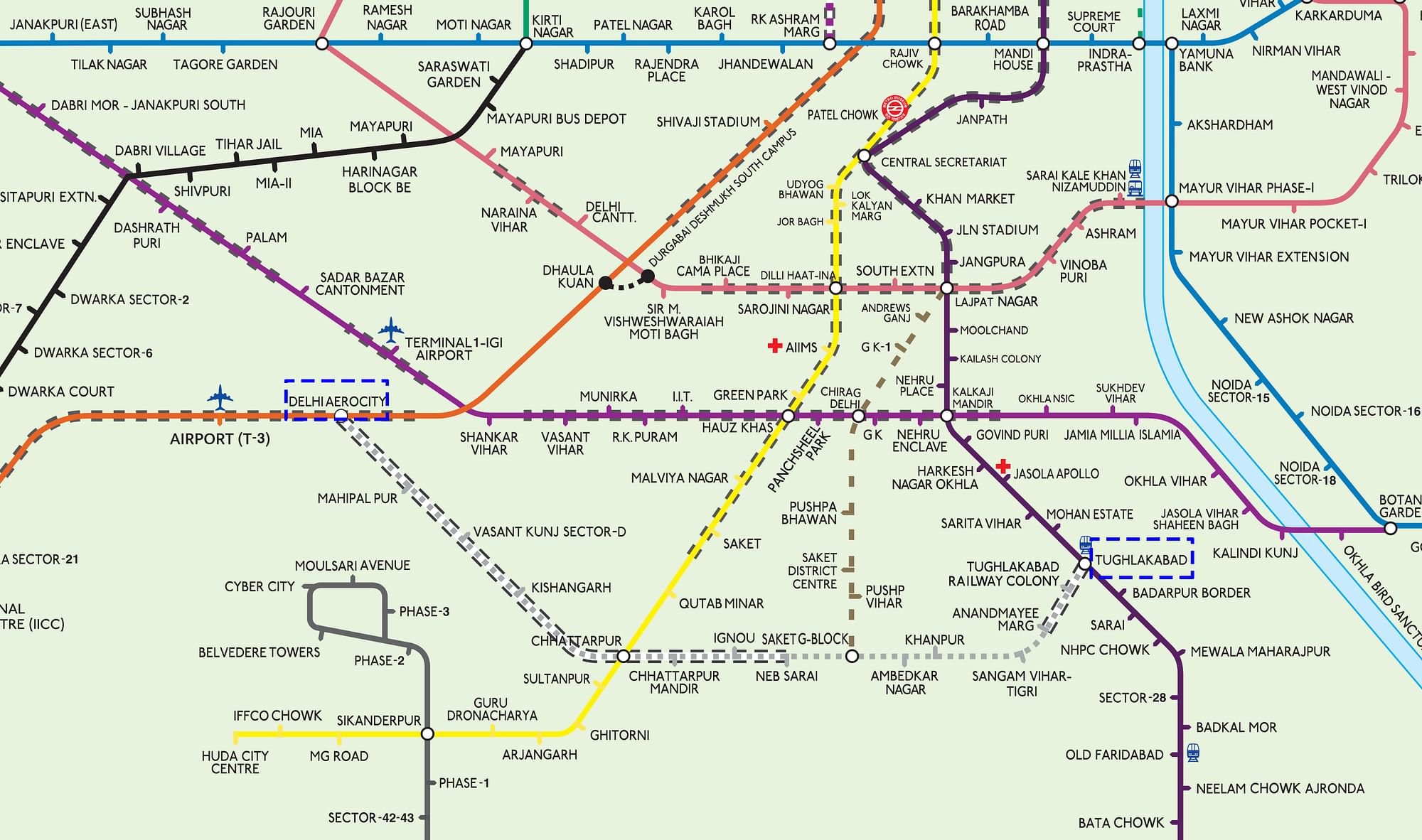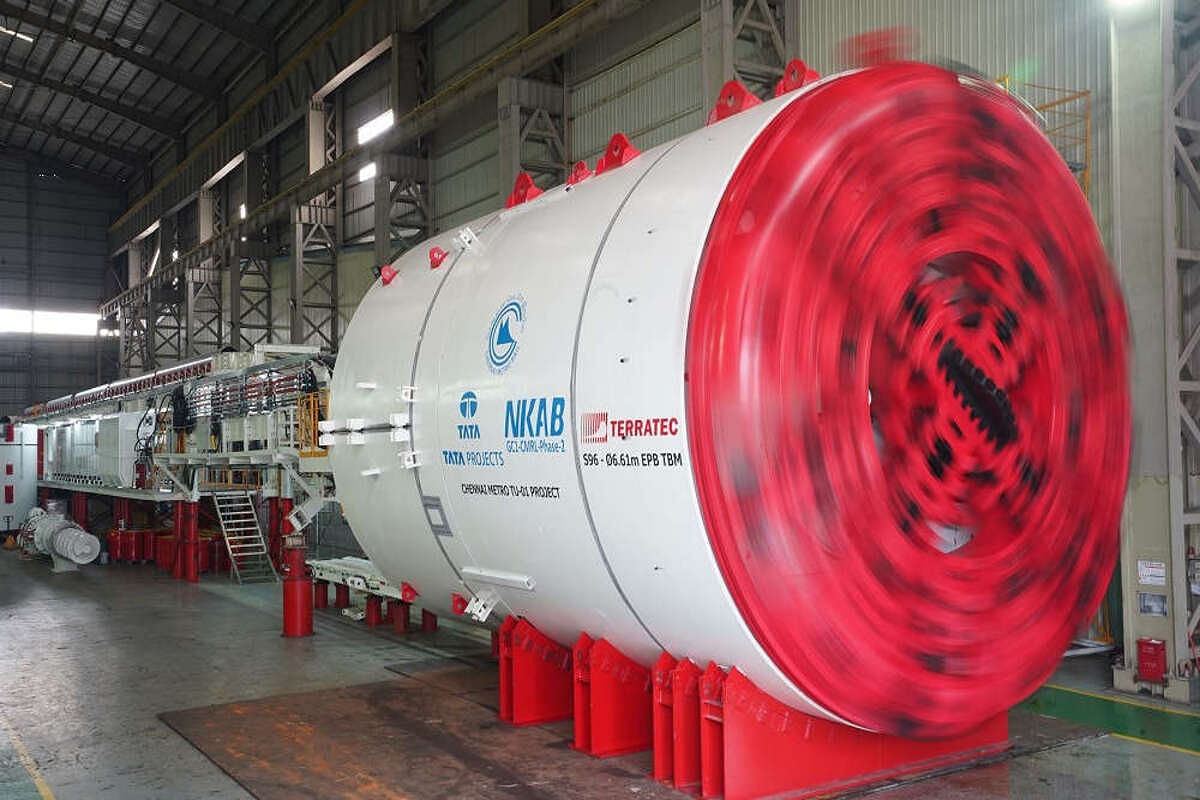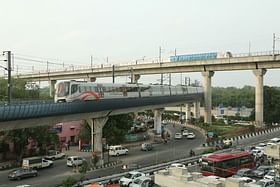The railway lines on this stretch are part of the Delhi-Palwal railway route — a fairly busy corridor of the railway network within Delhi.
DMRC officials said they are currently seeking approvals from the Indian Railways for the work.
The Delhi Metro Rail Corporation (DMRC) is building about 28.76 km of underground lines as part of its Phase-4 expansion.
Under Phase-4 expansion of the Delhi Metro, DMRC is constructing 65.20 km of new lines across three different corridors in the national capital, with 45 metro stations.
These include the Magenta Line extension from Janakpuri West to RK Ashram Marg (28.92km), Pink Line extension from Majlis Park to Maujpur (12.55km), and the upcoming Silver Line from Tughalakabad to Aerocity (23.62km). The Silver Line will connect the operational Violet and Airport Lines from their respective ends.
While the Janakpuri West-RK Ashram Marg corridor will have underground sections of 9.41 km in total, the Aerocity-Tughalakabad corridor will have 19.35 km of the same. The Majlis Park-Maujpur section will not have any underground stretch.
Janakpuri West-RK Ashram Marg
Delhi Metro has so far completed 2.2 km of underground tunnel (for up and down movement) between Krishna Park Extension and Keshopur on the Janakpuri West-RK Ashram Marg corridor.
This new tunnel stretch is a continuation of the earlier Magenta line tunnel that was constructed for the currently operational Botanical Garden-Janakpuri West corridor.
On this underground stretch, apart from the twin tunnels, the ramp and the entry/exit construction works have been completed, while about 70 per cent of the Krishna Park Extension station has also been completed.
Civil work of this particular underground section will be completed by early next year, though the entire Janakpuri West-RK Ashram Marg corridor will be ready by September 2025.
The 29-km line will connect the Janakpuri West Metro station on the Magenta line and the RK Ashram station on the Blue line.

The Janakpuri-RK Ashram stretch has a total of 22 stations, including 11 underground stations and runs through areas like Haiderpur, Sadar Bazar, Azadpur, Bhalswa, Pushpanjali Enclave, Mangolpuri and Paschim Vihar.
The lowering of the first-ever TBM under the Phase-4 project had started at Vikaspuri on the Janakpuri West–R K Ashram Marg corridor in October 2020, and following the initial drive, the main tunnelling had started early 2021,
Tughalakabad to Aerocity
Tunnelling work is currently under way between Chhatarpur and Kishangarh stations on the Silver line corridor.
The first Tunnel Boring Machine (TBM) on the Aerocity-Tughlakabad Corridor started its drive on 3 March, to bore a 1.27-km-long tunnel between Chhatarpur and Kishangarh stations.

The Aerocity-Tughlakabad corridor will have four elevated and 11 underground stations.
The corridor will also have four interchange stations at Aerocity, Chattarpur, Saket and Tughlakabad — making it one of the most vital corridors of the DMRC network.
Long Association With TBMs
A TBM is a machine used to excavate tunnels, with a circular cross-section, through a variety of soil and rock strata. They can be designed to bore through anything from hard rock to sand.

TBMs have revolutionized the way tunneling work is done worldwide, as tunnels can now be bored without disturbing the buildings and other structures on the surface. TBMs are especially useful for underground tunneling work in congested urban areas.
DMRC has been using TBMs for its tunneling work since Phase-1. In Phase-3, when about 50 km of underground sections were built, about 30 TBMs were pressed into service in the national capital.
The underground network comprises stations built by cut and cover method, while tunnels are constructed by cut and cover, NATM (New Austrian Tunnelling Method) or earth pressure balance or slurry type shield machine depending on the geological strata of the project.
Selection of TBM depends on ground conditions, surface features and dimension of the tunnel.
What Next
In the coming months, tunnelling drives will be commenced on multiple stretches, including Sangam Vihar-Anandmayee (Aerocity-Tughlakabad corridor), Derawal Nagar-Pulbangash and Nabi Karim-Pulbangash strteches on Janakpuri West-RK Ashram Marg corridor.
While the tunneling on RK Ashram Marg corridor will be a usual job, it is the tunneling on the Aerocity-Tughlakabad corridor that will be a major engineering challenge for the Delhi Metro, as the line will pass under 17 pairs of active railway tracks — a record in itself.
The railway lines on this stretch are part of the Delhi-Palwal railway route — a fairly busy corridor of the railway network within Delhi.
“Therefore, construction will have to be carried out without causing any disruption to the movement of trains. In order to ensure that the work is executed in a safe manner, adequate instrumentation will be done to monitor the railway tracks on a 24×7 basis. State of the art monitoring equipment such as inclinometers and tiltometers will also be used on this section,” a DMRC spokesperson said.
DMRC officials said they are currently seeking approvals from the Indian Railways for the work.


